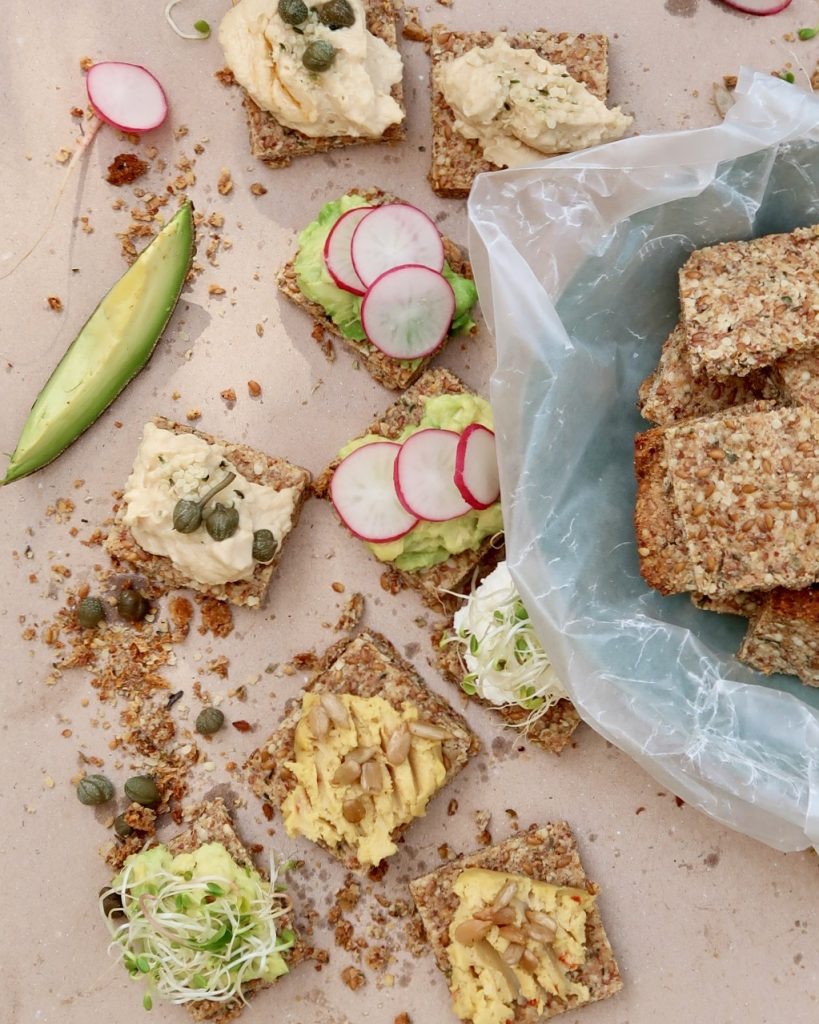If you’re rushing around this holiday season, trying to find gifts for everyone on your list, we’d like to help you out a bit! There’s no better gift than a book, and at Propriometrics Press we have health, fitness, and nature-focused books that will be a hit with all!
Looking for a gift for…
The new mom? Katy Bowman’s Diastasis Recti focuses on an issue that is common post-pregnancy: diastasis recti. This book will help strengthen your core and explain the underlying habits that are causing abdo
The eco-lover? The collection of essays in Movement Matters, also by Katy Bowman, will pique any eco-lover’s interest as it delves into connections between the body, nature, and your greater community.
The Goldener? Dynamic Aging is a must-have book for those 50+ who are looking to either regain or maintain their mobility and agility throughout their Golden Years.
The goal-setter? Roland and Galina Denzel’s Eat Well, Move Well, Live Well is an actionable guide with 275 “take-action-now” tips and a checklist at the end of every chapter that makes it easy for someone to stick to their New Years resolution to become healthier in 2020.
The wilderness lover? Doniga Markegard’s lyrical memoir Dawn Again will take you along on her journey through the Pacific Northwest and beyond—tracking wolves, herding cattle, and becoming connected to the natural world around her.
The exerciser? Move Your DNA is one of Katy Bowman’s most well-loved books, as it provides corrective exercises, habit modifications, and even simple lifestyle changes that will all help you to become more movement-rich in your day-to-day life.
The scientist? Though you certainly don’t need to be a scientist to read, understand, and enjoy Katy Bowman’s Alignment Matters, her essays on the biomechanics of movement, optical alignment, and “troubleshooting the human machine” will definitely be appreciated by someone with a love of learning about the science of the human body.
The office worker? Is there someone on your list who is worried their 8+ hours a day sitting in front of a computer is wrecking their health and bodies? Get them Katy Bowman’s Don’t Just Sit There, which will show them how they can keep moving throughout the day, even when at the office.










